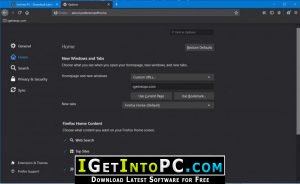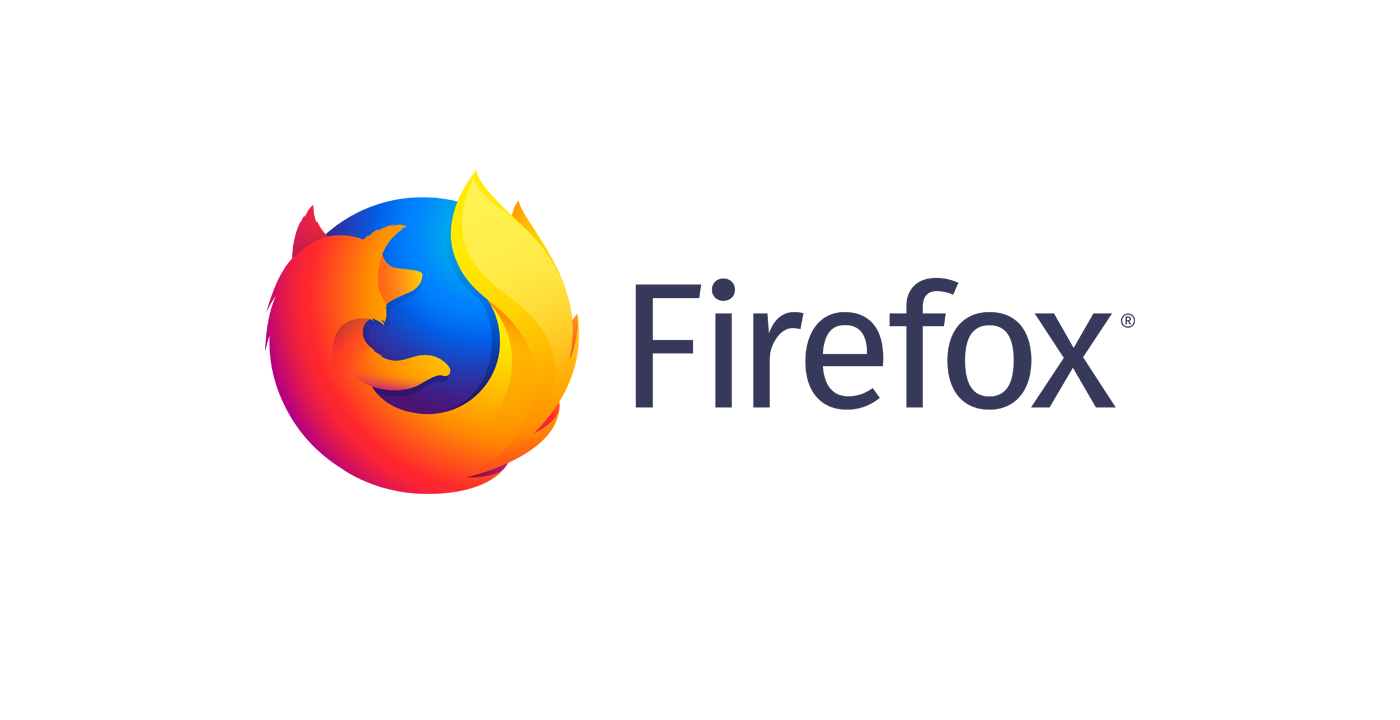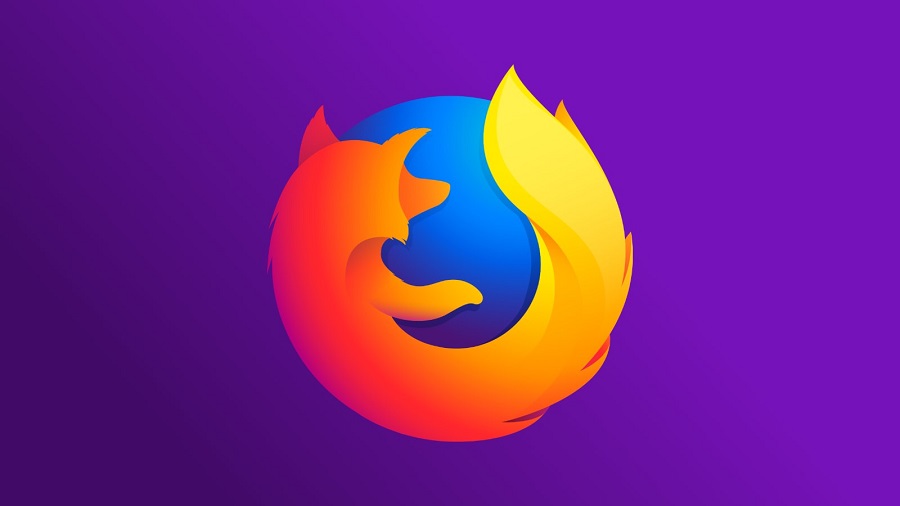
Instead, users would "catch up" on feature and functionality changes when the next ESR was released. New features would not be introduced to any given ESR version during its year-long run. The concept grew from concerns by large organizations over the fast release schedule Firefox adopted nearly a decade ago IT administrators balked at testing and adopting a new release every few weeks.ĮSR would address that by accepting only the separate security updates Mozilla made (and distributed on the same every-four-week schedule used by its standard browser channel). Instead, approximately once a year, Mozilla issues a new ESR that then is supported until its replacement appears (plus a several-week overlap).
#DOWNLOAD FIREFOX 78 UPGRADE#
ESR starts next transitionįirefox ESR, which traces roots to 2012, is the release channel crafted for enterprises that cannot – or will not – upgrade workers' browsers every four weeks.
#DOWNLOAD FIREFOX 78 PASSWORD#
New to the dashboard in Firefox 78 are indicators of user-resolved breaches and the status of the browser's password management.Īlso with Firefox 78, Mozilla began culling OS X 10.9 (Mavericks), 10.10 (Yosemite) and 10.11 (El Capitan) from support, automatically shifting users of those outdated Mac operating systems to the Extended Support Release (ESR). New items on it show passwords that fell victim to known breaches as well as steps the user has already taken to mitigate said breaches (which may involve changing passwords, putting two-factor authentication into effect and the like).įirefox's Protections Dashboard can be called from the menu at the far right (the three horizontal lines) or by entering about:protections in the address bar. The dashboard is a convenience, a slightly improved variation on what the browser has had for several iterations.


The dashboard carries on the gradual improvements Mozilla's made to Firefox's Enhanced Tracking Protection, which put Firefox in the lead last year in comprehensive quashing of the ad- and site-trackers which trace users' web movements and actions. Firefox 78 is one of the less notable upgrades.Īmong the few visible-to-users changes are additions to the "Protections Dashboard," the new name for the consolidated display of Firefox's anti-tracking technologies' results, known data breaches affecting the user and potential password problems. Some Firefox updates are more notable than others, especially now that Mozilla is on an accelerated every-four-weeks schedule.

More information on the privacy dashboard Mozilla last upgraded the browser on June 2. Mozilla upgrades Firefox every four weeks, a much faster tempo than Google's Chrome or Microsoft's Edge. Choose "About Firefox." (On macOS, "About Firefox" can be found under the "Firefox" menu.) The resulting page shows that the browser is either up to date or describes the refresh process.Ī day after Firefox 78's debut, Mozilla updated the browser again to fix "an issue which could cause installed search engines to not be visible when upgrading from a previous release."
#DOWNLOAD FIREFOX 78 UPDATE#
To manually update on Windows, pull up the menu under the three horizontal bars at the upper right, then click the help icon (the question mark within a circle).

Because Firefox updates in the background, most users can simply relaunch the browser to get the latest version. Unlike most Firefox refreshes, version 78 did not fix any bugs marked "Critical."įirefox 78 can be downloaded for Windows, macOS and Linux from Mozilla's site. Mozilla last week upgraded Firefox to version 78, patching a baker's dozen of security flaws and starting the annual process of retiring last year's Extended Support Release (ESR) and offering customers the latest enterprise-designed build.Ĭompany engineers patched 13 vulnerabilities, seven labeled "High," Firefox's second-most-serious label. That update offered few changes from version 76. Editor's note: This story does not include details about Firefox version 77, which was released June 2.


 0 kommentar(er)
0 kommentar(er)
